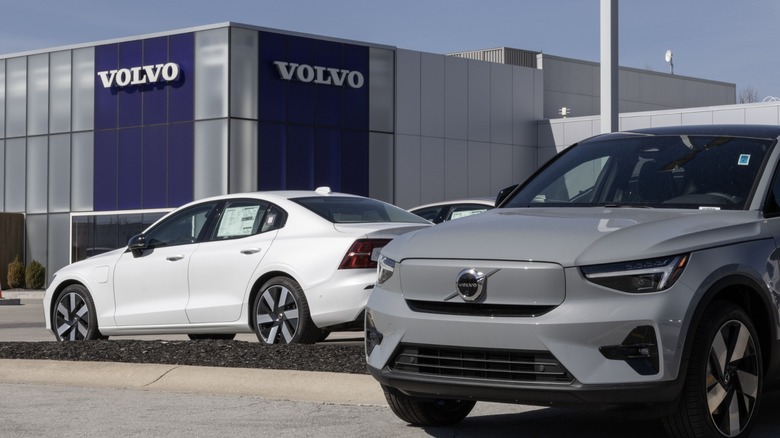Who Makes Volvo Engines?
Volvo has always taken pride in its engines as a symbol of precision and endurance. After all, one of its vehicles holds the Guinness World Record for the highest mileage ever recorded. But if you've ever wondered who makes the engines at the heart of the most reliable Volvos ever built, we're here to tell you that the answer is actually quite straightforward – Volvo makes its own engines.
When the company was founded in 1927, its engines were built entirely in-house in Sweden. Since then, it has produced many iconic engines of its own while also using engines from other manufacturers like Volkswagen and Peugeot-Citroën. Volvo has gone through a couple of acquisitions since that time. The first was a $6.5 billion coup by Ford in 1999, before it was then sold to the Chinese company, Geely, for $1.8 billion in 2010. Though most of its engines today are produced in Skövde, Sweden, and Zhangjiakou, China, the company has engine manufacturing plants scattered across the globe. One each in Köping, Sweden, Vénissieux, France, Pithampur, Indonesia, Curitiba, Brazil, and finally Hagerstown, Maryland, in the US.
Still, the company's engine manufacturing remains in-house, and the principles have also remained the same. You see, Volvo has never been one to chase crazy horsepower for the sake of it. The brand's focus has always been on striking a balance between effortless power and efficient fuel economy. Geely bought into this, marketing lightweight alloy engines under its broader G-power brand while Volvo continues to market under the Drive-E brand.
Volvo's engine evolution
The story of Volvo engines began modestly but gained momentum through technological advancements and shifting design philosophies. One of its earliest engines was the B4B. It was a 1.4-litre, four-cylinder, overhead-valve unit introduced in 1947 for the PV 444. It had 1,414 cc with push-rod valves that fired in a 1-3-4-2 order to produce 44 horsepower. The B14A soon followed, maintaining the same displacement but upping the ante with dual SU carburetors and top-speed potential of around 70 horsepower by 1955. These laid the foundations for the B16 series used in models like the P120 and PV544.
By the 1960s, Volvo's B18 engine set new standards with overhead valves and a 12-volt system, soon followed by the enlarged B20. The B30 six-cylinder brought smoother power for bigger models. Then came the iconic 1970s B17 – B23 series, featuring overhead cams, fuel injection, and even turbocharging. By the late '80s, Volvo's five-cylinder B5254 and B5234 engines raised the bar again with aluminum blocks, forged internals, and an impressive output that could reach 240 horsepower in performance trims.
From the early engines, you could recognize Volvo's hallmark of durability over excessive output. A hallmark that stayed with it even after acquisitions. A perfect example is the Volvo Drive-E engines introduced in the 2010s, trying to wean America off its V6 addiction. The engine was lighter in weight and 30% more fuel efficient than the V6s of the time, while still producing between 140 and 302 horsepower.
The future of Volvo engines
Volvo, like most other auto manufacturers, is heading towards an electric vehicle future, creating a world with fewer engines or no engines at all. It debuted its first electric SUV in 2019 with the EX40. The company initially pledged to go fully electric by 2030, phasing out gasoline and diesel power entirely. It has since adjusted that pledge, now aiming to produce a 90% output of electric cars and plug-in hybrids by 2030.
Pledge or not, the future of Volvo engines points to battery power as it now partners with firms like Northvolt to produce batteries. What's more is that the best-selling Volvo models in 2024 were the XC60, XC40, EX40, and XC90, all electric or hybrid SUVs.
But even in this new era, Volvo's engineering DNA remains intact. Irrespective of where Volvos are made and who owns the company, the brand continues to approach propulsion with the same core values that shaped its early days. The difference is that now its focus has shifted from optimizing fuel injection to perfecting energy management and battery cooling.


